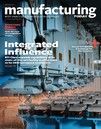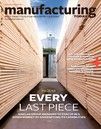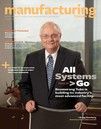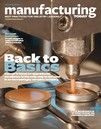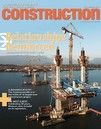How A New Perspective Revolutionized Automotive Manufacturing
Most people learn from their history books that Henry Ford revolutionized the manufacture of automobiles by introducing a moving assembly line in order to increase production and lower costs. This is true. What the history books don’t reveal is that this idea was NOT Henry Ford’s!
Here’s the real story behind how Henry Ford utilized a new viewpoint to ‘assemble’ cars, which ultimately changed history:
The idea actually came from William ‘Pa’ Klann, one of Ford’s engineers, who had visited the Swift & Company’s slaughterhouse in Chicago. There, Klann had viewed what he called a ‘disassembly line’ for dressing beef. A conveyor system moved along individual work stations, where workers were assigned to remove different parts of the animal (as it hung from hooks for easy access). The efficiency of one person removing the same piece, over and over, again, while the carcass traveled along a moving line, caught his attention.
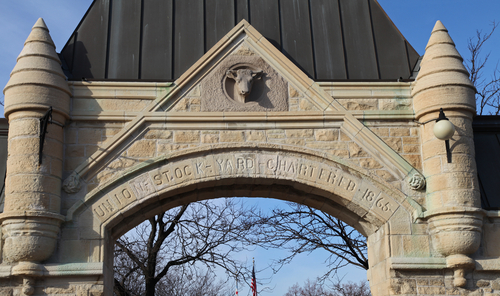 Entrance to the Chicago stockyard where Swift & Company was located.
Entrance to the Chicago stockyard where Swift & Company was located.
When he returned to Detroit, Klann proposed to Ford management that they should reverse the idea that he had seen in Chicago, whereby cars would be assembled as they moved along an automated assembly line. Up until this time, cars at Ford Motor Company, and all the other car manufacturers in the world, were assembled, one at a time, at a stationary spot.
To test whether the idea that Klann spotted at the slaughterhouse was practical for building cars, the Michigan factory first developed an assembly line for the car’s magneto, an electrical part used for the car’s ignition system. Once this experiment proved that such a manufacturing system was faster and more productive, saving labor costs, Ford executives then developed the assembly line for the entire vehicle.
After the assembly line was implemented, it cut the time that it took to assemble one car from 12 hours and 13 minutes to only 1 hour and 33 minutes, increasing production by an 8 to 1 factor, which by any calculation is HUGE! Model T’s could now roll off the assembly line in 3 minute intervals. Lower costs meant that Ford could lower its price, giving it a great competitive advantage in the marketplace.
In 1908, when cars were assembled one at a time at Ford, the price of a Model T was $825. By 1912, the price of a Model T had dropped to $575. Soon, Ford was producing 1,000 automobiles a day and making millions of dollars, as more and more people could afford to purchase a Model T. In addition, Ford’s implementation of the assembly line, where each worker was assigned a specific location, also dramatically reduced the rate of injury.
Henry Ford wrote about the assembly line concept in 1922, stating, “I believe that this was the first moving line ever installed. The idea came in a general way from the overhead trolley that the Chicago packers use in dressing beef.”
Ford’s innovation for the assembly line was quickly adopted by other car manufacturers in the United States and spread around the world. Those companies, which refused to adopt the innovation of an assembly line, could no longer be competitive in pricing. By 1930, 250 car companies that had failed to adopt the more efficient practice had shut their doors.
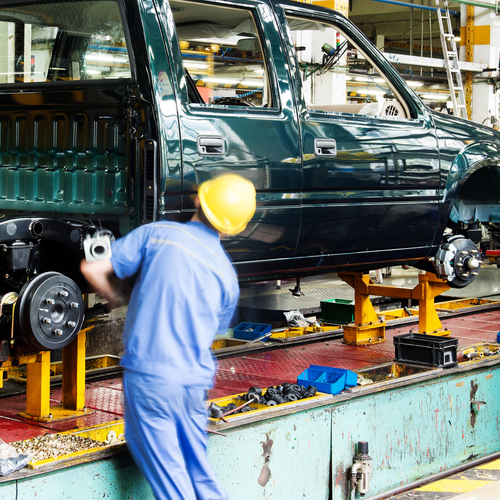 An assembly line operates in a modern automotive plant.
An assembly line operates in a modern automotive plant.
When William Klann decided to go to Chicago, to take a look at the Swift production operation, he didn’t know what possible advantage he would discover. He couldn’t have foreseen the inspiration that he was about to capitalize on, but he was open to new ideas.
It is the process of gaining a fresh perspective, which produced the result. No one can predict the result. When Klann went to visit Swift’s operations, he did not know what would come out of it.
He instinctively saw, however, the value in visiting with another labor intensive business operation that also used manual labor. Klann didn’t just call the Swift executives on the phone. He wanted to see their operation with his own eyes. It was this synergy of ‘experience,’ which produced the new application of the disassembly line idea for Ford, making millions.
It was the result of Klann’s intuitive decision to observe the butchering process at Swift that forever changed the Ford Motor Company and opened the door for the biggest increase in American worker productivity of the 20th century. You might say that Klann made ‘Swift’ work of transforming Ford’s manufacturing operations into the modern assembly line that we know, today!
